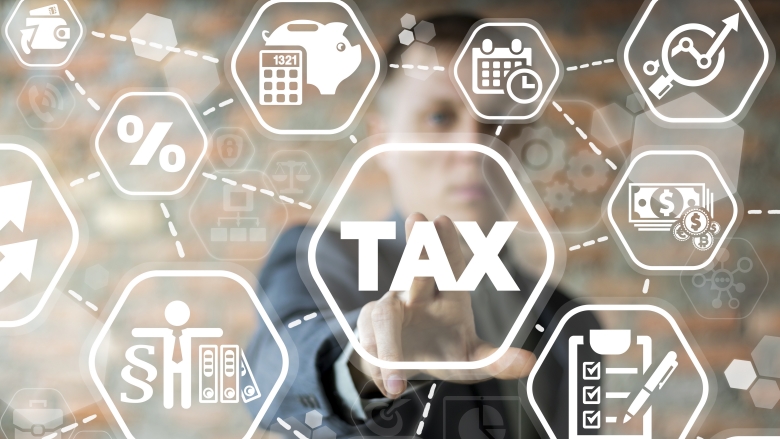The application of these latest digital technologies has made it achieve and even exceed the set revenue goals by Uganda’s Tax Authority.
This is an outstanding achievement registered by the Uganda Tax Authority (URA), which has just managed to realise a collection of approximately Shs 2. And this forced European countries to pay one trillion more in taxes than they had initially planned.
The achievement, which is believed to be the result of the flexibility of digital innovation in managing taxes, presents hope for Uganda’s economy in the future.
Read also: Uganda’s UTel receives a $225 million boost from a Dubai-based investor
Digital transformation drives record tax collection
Today, the Uganda Revenue Agency (URA) is steadfastly focused on tax modernisation and enhancing service quality within the framework of the Digital Transformation of Taxation Services program.
With the support of the UNDP, the URA is dedicated to producing value-added services that significantly benefit taxpayers.
These solutions are designed to bolster public trust in the tax system, streamline the submission process, and, most importantly, enhance the efficiency and accuracy of the system, providing reassurance for the future of tax collection in Uganda.
Read also: Binance launches mobile money crypto trading in Ghana, Zambia, Tanzania and Uganda
The continuing revolution in computerisation has helped to increase record tax
The Commissioner General of the Uganda Revenue Authority (URA), John Musinguzi, stressed the need to explore the use of technology in combating tax compliance issues and improving openness.
To manage its administration now and in the future more extensively and effectively, URA has integrated technology to allow personnel to offer practical and transparent services, besides putting a state-of-the-art data centre in place.
This has been made possible by technological advancements such as the Electronic Receipting and Invoicing System (EFRIS) and a USSD channel for accessing taxpayer services through their mobiles.
Technological change has significantly influenced the revenue collection system’s radical change. In turn, the URA has improved its operational effectiveness and strengthened its links with funders by focusing on technology.
There is no need for taxpayers to physically be at the service centres, which is even better due to mobile-based services and a dedicated contact line. Therefore, the convenience of the taxpayers is directly served as a consequence of increased compliance rates.














